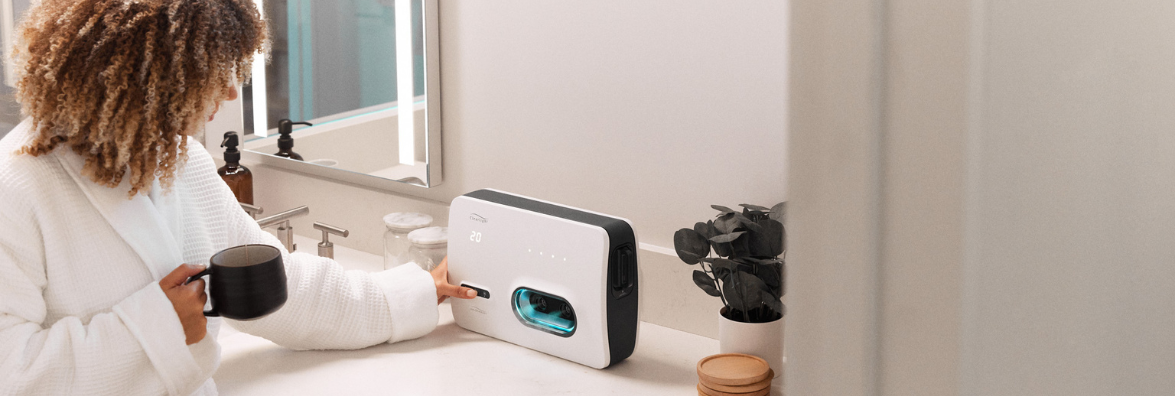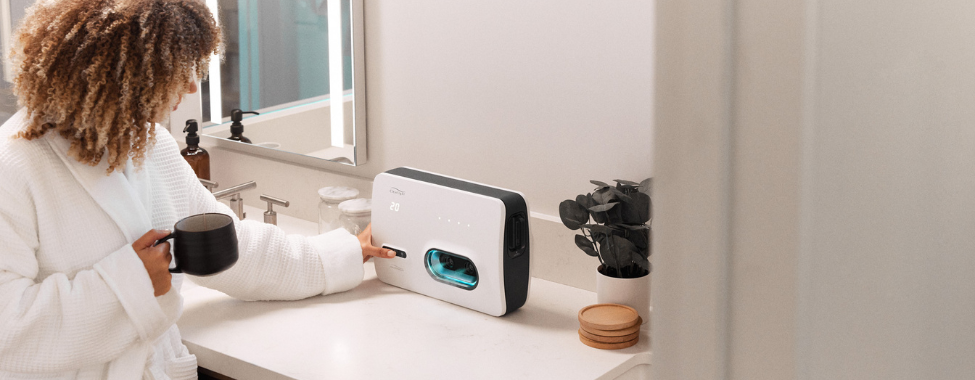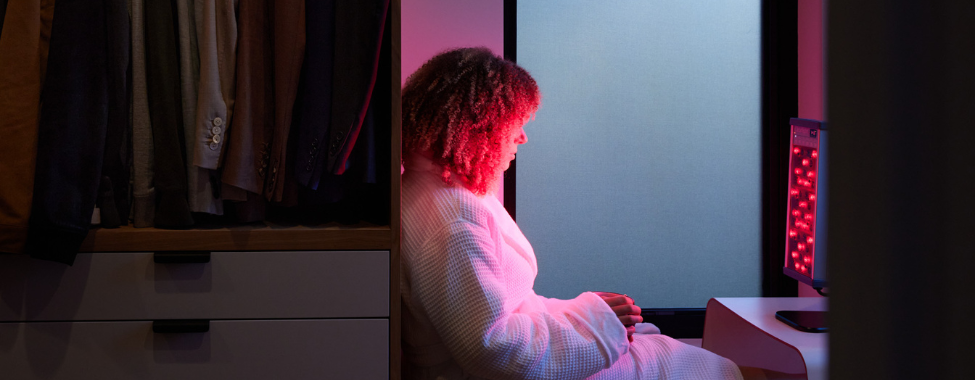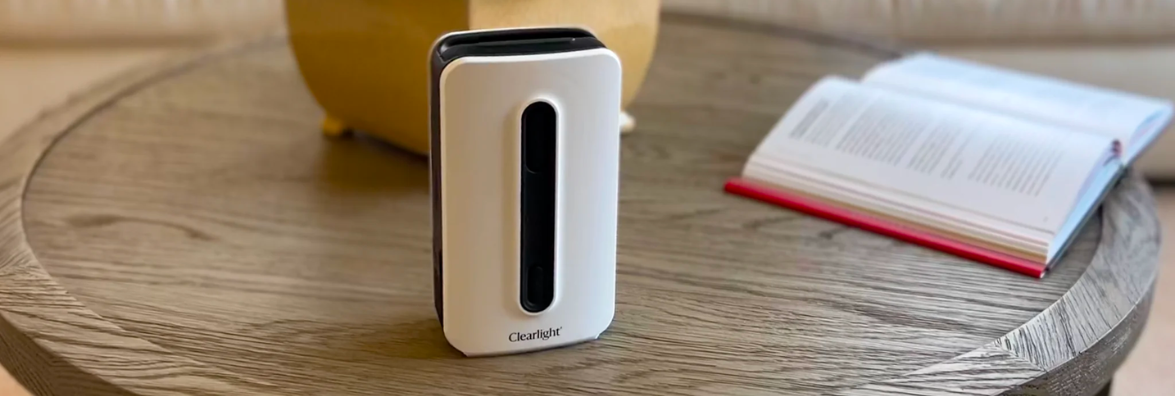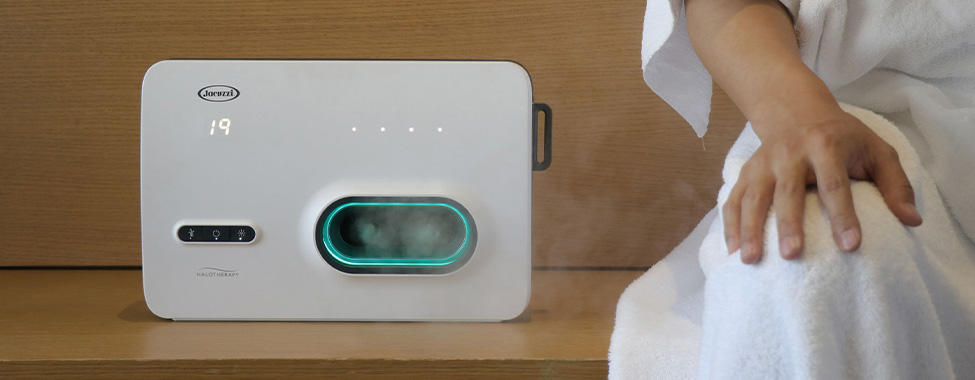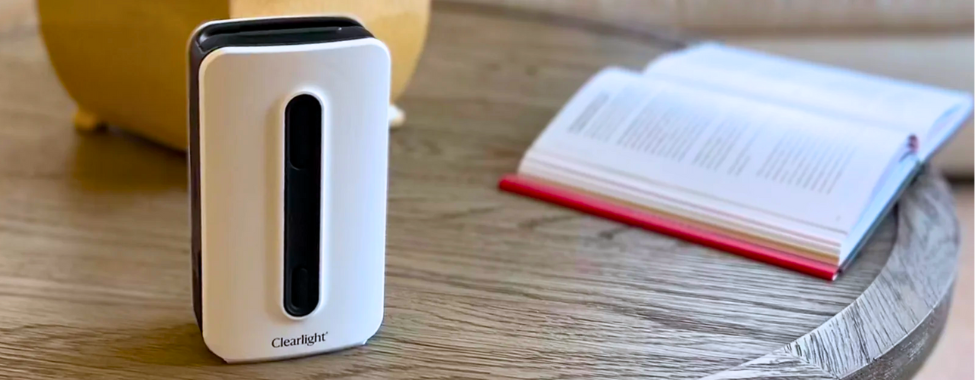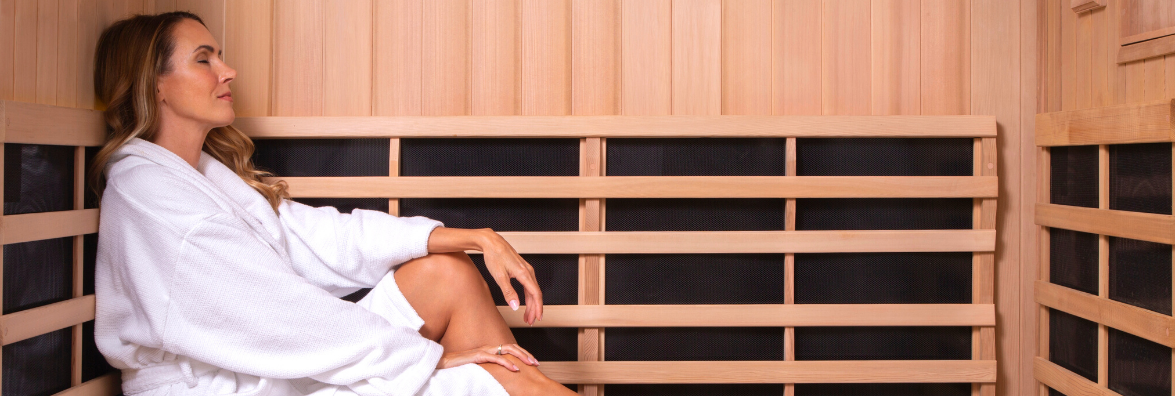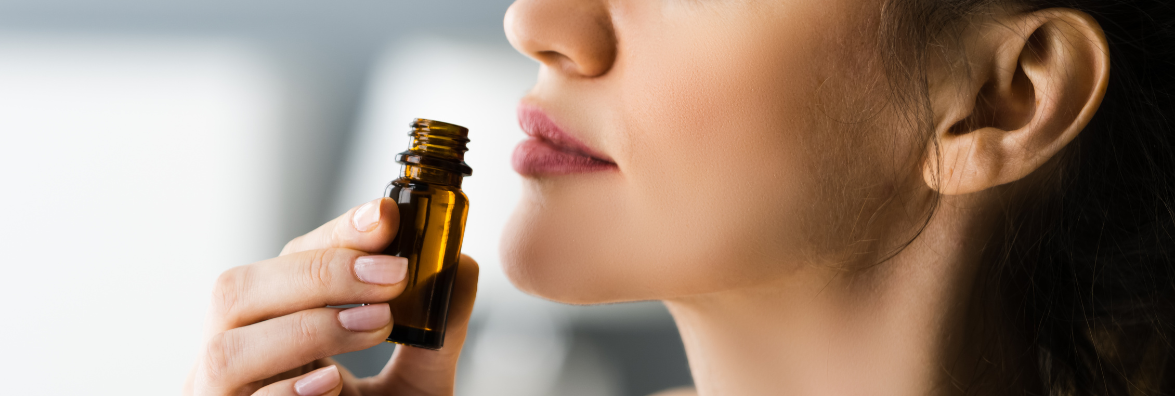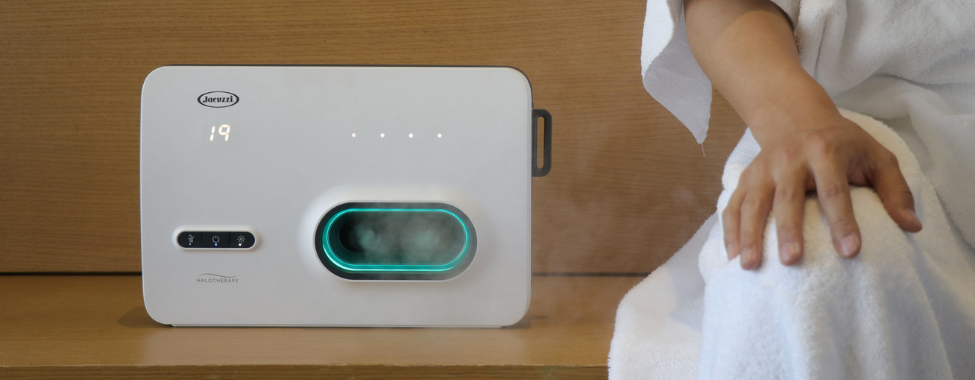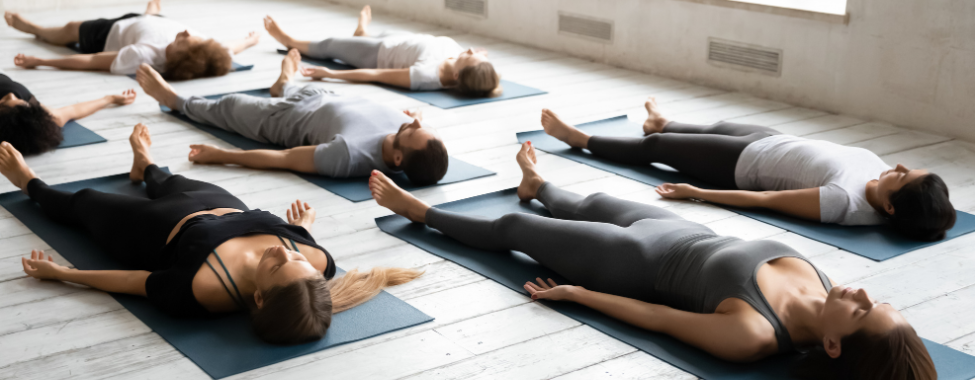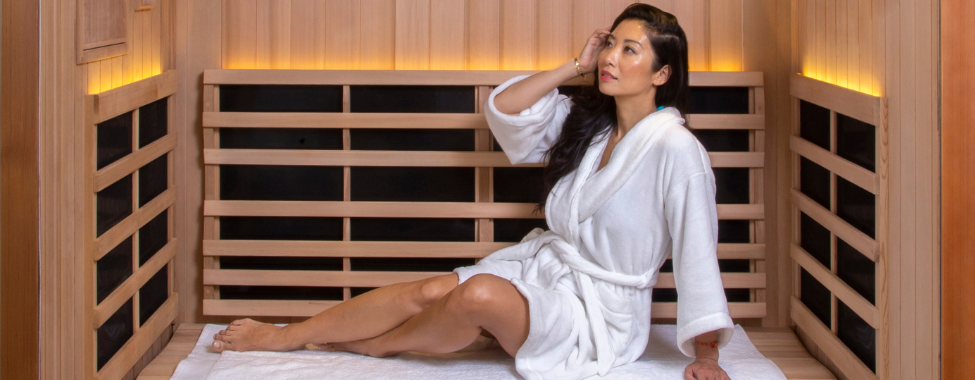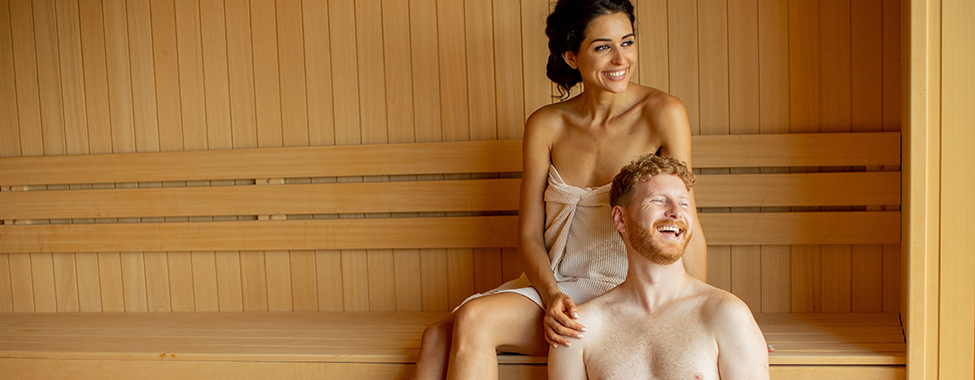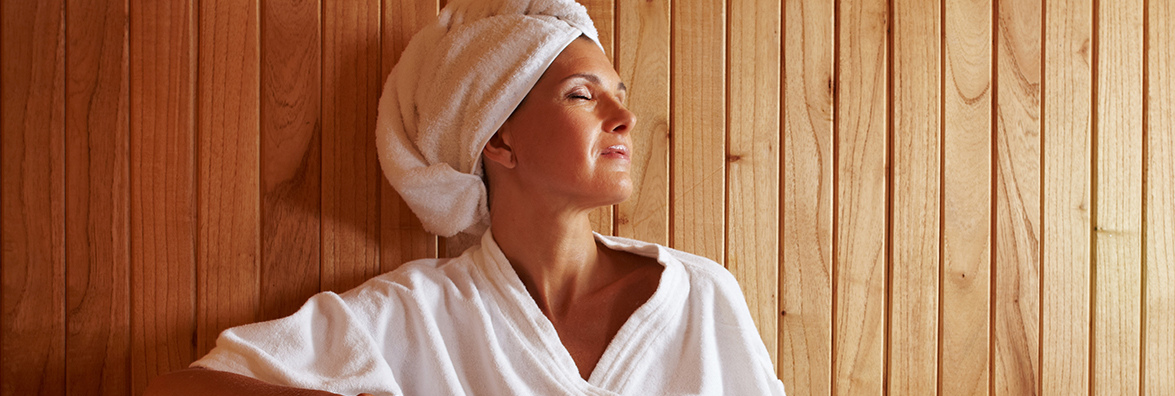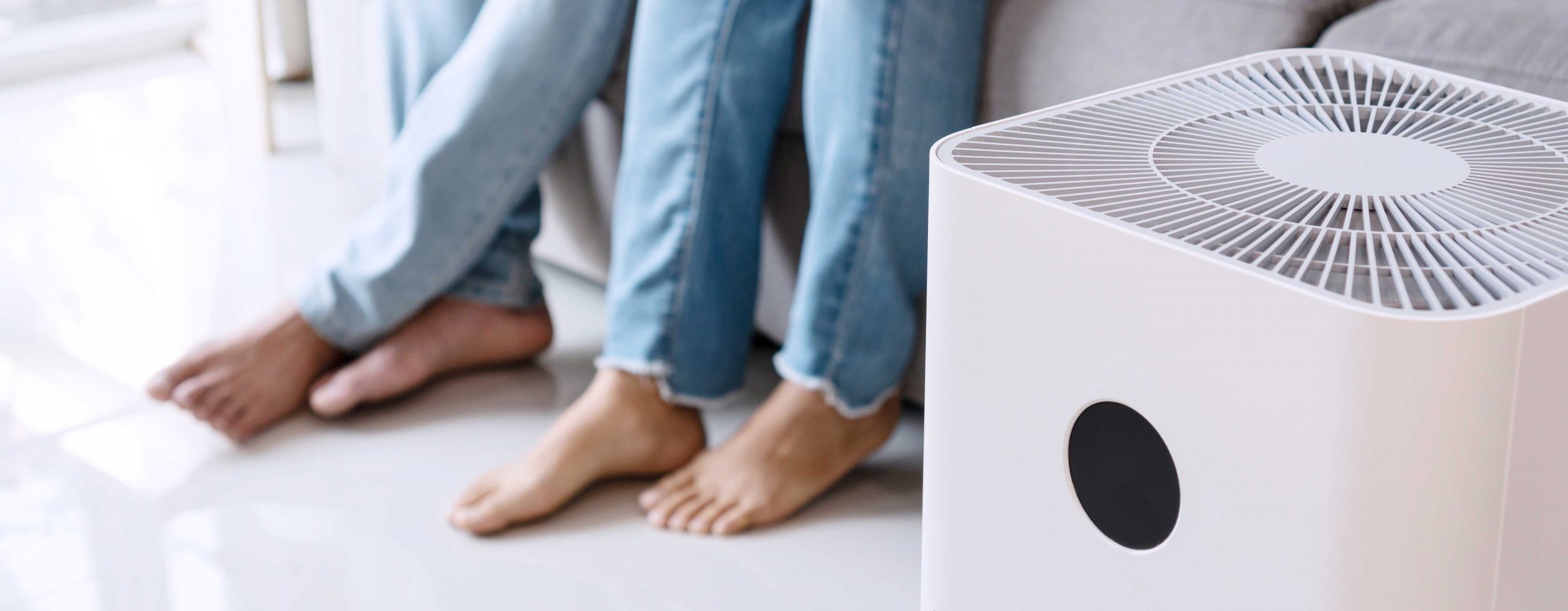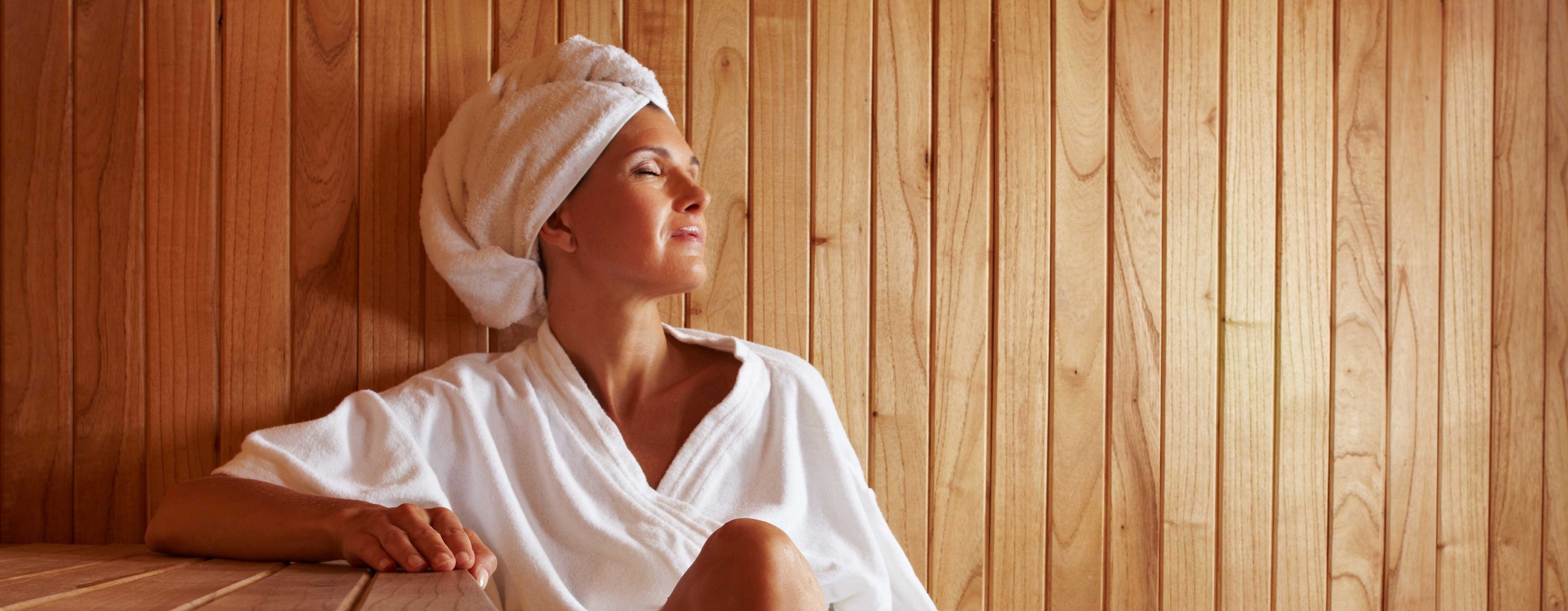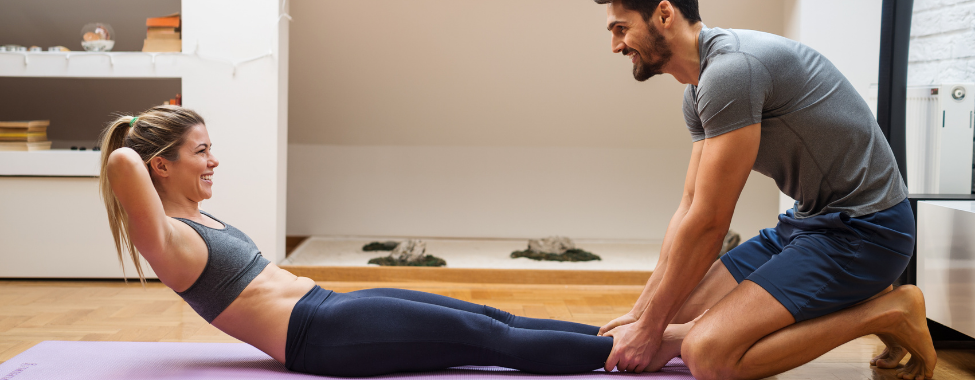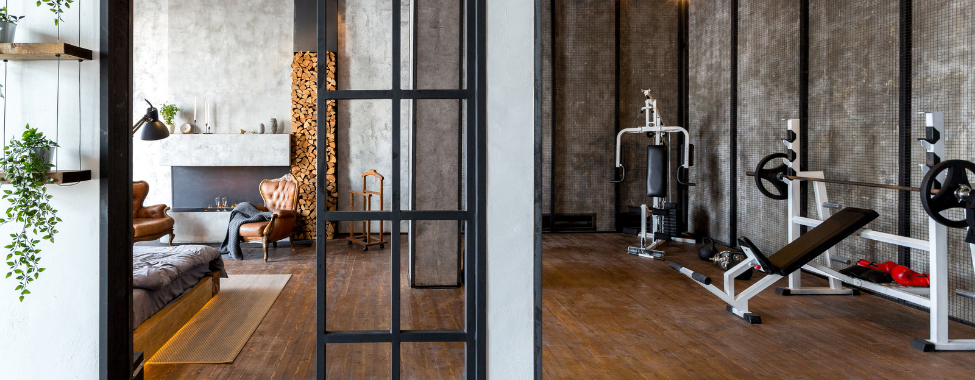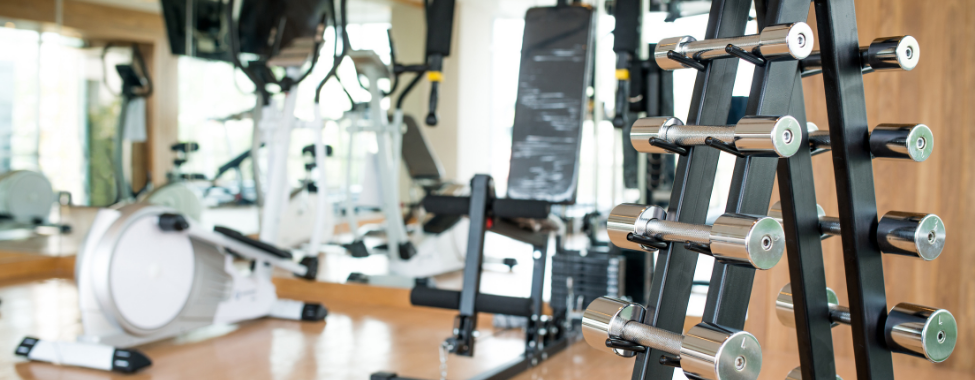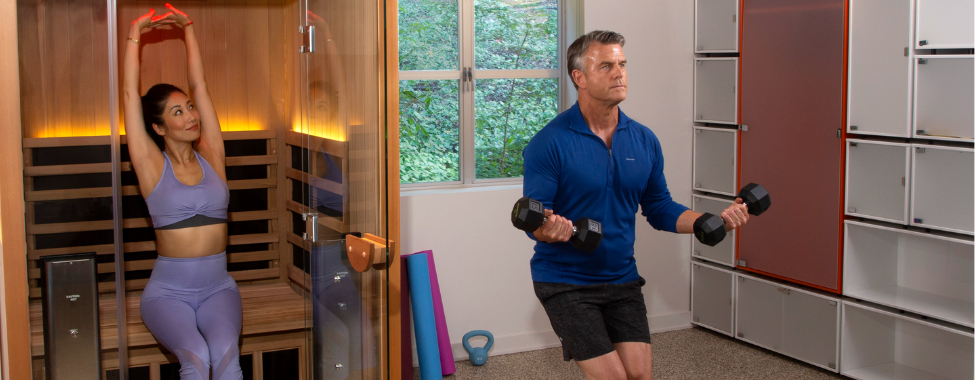In an era where health and wellness are top priorities, the focus on bolstering our immune systems couldn’t be more significant. Our bodies are constantly under attack from environmental toxins, pathogens, and stress, all of which can compromise our natural defense mechanisms. If you’re looking to help boost your immune system and have stronger protection against seasonal sickness, allergies, and more, some healthy diet changes can help make a huge difference. Read on to find tips for your diet to boost your immune system, along with some additional lifestyle tips.
The Role of Nutrition in Immunity
Your immune system is a complex network of cells and proteins designed to defend the body against infection. What you eat directly affects your immune system’s capabilities; therefore, a diet rich in certain nutrients is paramount. Specific foods can enhance immune responses and help the body fight infections more effectively. In contrast, a diet high in refined sugars and unhealthy fats can hamper your immune system’s functions.
Antioxidants
An antioxidant-rich diet is a great way to boost your immune system naturally. Antioxidants are compounds that can neutralize free radicals, thereby protecting the body’s cells from damage. They also play an essential role in the immune system, enabling the body to fight harmful pathogens. Some of the most potent sources of antioxidants include berries, dark chocolate, and certain beans.
Vitamins and Minerals
Nutrients like vitamins A, C, and E, as well as the minerals zinc and selenium, have been shown to bolster immune health significantly. Foods rich in vitamin C, for instance, not only protect against immune system deficiencies but also offer a powerful defense against chronic diseases. Kiwi and citrus fruits like oranges are well-known sources of this essential vitamin. Focusing on a diet with these nutrients can help you maintain a strong immune system.

Best Foods for Immune System Support
Now that we understand nutrition’s essential role in immunity, let’s explore how to incorporate immune-boosting foods into our daily diet. If you’re ready to fortify your immune defenses, the following list of foods to stock up on will serve as an excellent starting point. Adopting a diet rich in these elements will not only benefit your overall health but provide you with a line of defense that can ward off illnesses.
Citrus Fruits
Perhaps the poster children of immune health, citrus fruits like oranges, lemons, and grapefruits are abundant in vitamin C and other essential nutrients and antioxidants. Enjoying a glass of freshly squeezed orange juice in the morning or incorporating lemon to season your meals can add a necessary kick to your immune system.
Leafy Greens
Popeye was onto something with his love for spinach. Vegetables like spinach, kale, and broccoli are packed with vitamins, minerals, and fiber that are vital for healthy immune functions. They can be used to create salads, smoothies, or as hearty sides to your main dish.
Lean Proteins
Lean proteins, such as chicken, turkey, and fish, are rich in iron and zinc. Both minerals aid in developing immune cells and can help the body defend against infections. Including these meats in a balanced diet will ensure you do not fall short on these critical nutrients.
Berries
Known for their high levels of vitamin C, which is a potent immune system booster, berries such as blueberries and strawberries are also rich in flavonoids, which are powerful antioxidants. These superfruits can easily be added to your breakfast, snack, or dessert and are a tasty way to improve your health.

Yogurt and Fermented Foods
Probiotics found in yogurt and other fermented foods like kimchi and sauerkraut can help regulate the immune system by balancing the gut microbiota. A healthy gut is key to a robust immune system, making fermented foods a must in any immune-supportive diet.
Nuts and Seeds
Almonds, sunflower seeds, and hazelnuts are excellent sources of vitamin E, an antioxidant that helps immune cells function optimally and protect cells from damage. Seed and nut butters can easily be spread on toast or used in various recipes to pump up the nutrition.
Spices and Herbs
Garlic, turmeric, and ginger have long been used for their immune-boosting properties. They have anti-inflammatory and antiviral effects, making them excellent additions to soups, stews, and stir-fries, especially during flu season.
Tea
Certain teas, particularly green tea, contain powerful antioxidants like epigallocatechin gallate (EGCG) that can enhance immune function. They also contain L-theanine, an amino acid that may aid in producing germ-fighting compounds in your T-cells.
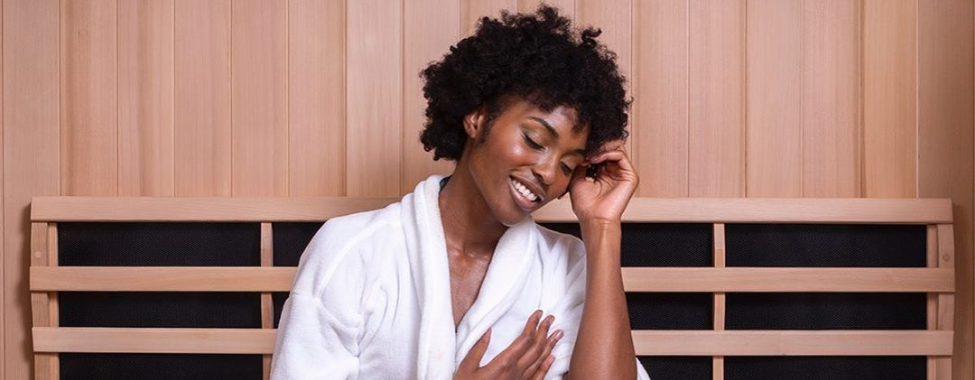
Other Lifestyle Factors that Support Immunity
Diet is just one piece of the immunity puzzle. Additional lifestyle habits can also influence the body’s ability to resist diseases. Regular exercise, sufficient sleep, and stress management are critical to maintaining a strong immune system.
Infrared Sauna Use
Saunas offer various health benefits that help boost the immune system naturally. Infrared sauna use can help boost white blood cell production, create an artificial fever to improve immune cell efficiency, release impurities through sweat, reduce stress by balancing cortisol levels, and enhance blood circulation.
Stress Management
Chronic stress can suppress the immune system, making it difficult for your body to properly fight off antigens. Techniques such as meditation, yoga, aromatherapy, and deep breathing can reduce stress levels and promote a healthy immune response, leaving you feeling better mentally and physically.
The Power of Exercise
Regular physical activity can contribute to general good health and help your immune system protect you from illnesses. It improves cardiovascular health, lowers blood pressure, helps control body weight, protects against various diseases, and improves sleep – all factors that affect immune system strength.
Quality Sleep for Health and Recovery
The body uses sleep as a time to rest and recover. During these periods, the immune system can produce and distribute infection-fighting antibodies and cells. Chronic sleep deprivation can impair your immune system and leave you more susceptible to infections, so getting an appropriate amount of sleep can help safeguard your body.
Incorporating these lifestyle habits along with an immune-boosting diet will create a synergy that can significantly enhance your body’s defense system. As you make these changes, it’s important to remember that no single food or supplement can prevent illness. Still, a well-rounded approach to nutrition and healthy living can help give your immune system the edge it needs to keep you healthy.
Embracing a diet filled with immune-boosting foods is just one step on the path to wellness. When combined with an active, health-conscious lifestyle, it becomes a formidable strategy for enhancing your overall health. Whether you’re looking to protect yourself during flu season or simply wish to improve your body’s resilience against everyday threats, you can take control of your health and feel the positive effects of a strengthened immune system.
 Canada
Canada Australia
Australia New Zealand
New Zealand Germany
Germany UK
UK EU
EU Ireland
Ireland Malaysia
Malaysia China
China Japan
Japan

